Types of heating in a private house: from the stove to solar
Ways of heating a country house, which are implemented in practice, can be very different. And the choice of technology here largely depends not only on our preferences, but also on the prevailing conditions. So sometimes it is profitable to install more expensive equipment, but to save on its operation due to the use of cheap fuel.
Below we consider the main types of heating of a private house, analyzing their advantages and disadvantages.
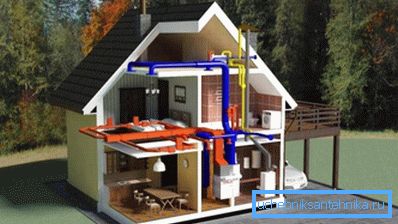
Standard heating schemes
Stove heating
In most cases, the used options for heating a private house are based on the mechanism of burning fuel - solid, liquid or gaseous. However, it is important to take into account other features of the system, which primarily relate to the coolant.
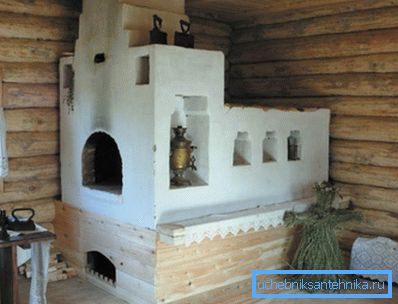
Earlier in the houses began to use stove heating. This technique is more reliable than all other types - the heating of a private house is carried out by moving hot air from the furnace furnace through the air ducts, which excludes the ingress of heat-transfer fluid into the rooms.
Note! Recently, models of furnaces have appeared, which the instruction allows to apply with a water circuit. However, while such modifications are not widely spread, and the cost of equipment for them will be quite high.
The advantages of furnace heating include:
- Simplicity in operation - both to flood the furnace, and to support burning it is possible, possessing only the most elementary skills.
- Accessibility - most stoves operate on almost any solid fuel, so finding fuel is not a problem.
- Reliability - as we noted above, the design of the circuits for heating is quite simple, because there is practically nothing to break down.
However, other options for heating a country house are still more common, because the stoves have a number of disadvantages:
- First of all, the contours themselves are quite cumbersome, because in a small house they will occupy a significant part of the free space.
- Secondly, if you do not know how to put the stove with your own hands, then you will have to contact the master. Accordingly, the cost of the project will increase many times.
- Thirdly, It should be noted the high inertia and low energy efficiency of the system. It takes a lot of time and fuel to warm up the room, because the owners of the furnaces constantly try to keep them hot.
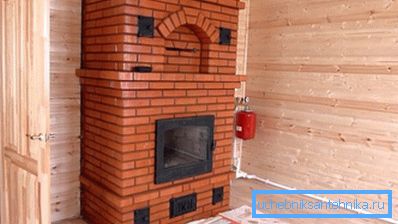
As you can see, cons are quite enough, and they are the factor that reduces the popularity of furnaces.
Water heating
Other options for heating schemes used in private homes involve the use of special boilers. They, like furnaces, are used to heat the coolant, but here it is not air, but water that acts as it.
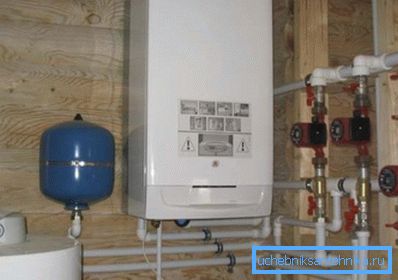
The most common is water heating. At the same time, the liquid is heated to a temperature sufficient for effective heat transfer (on average, from 70 to 900C) is carried out in various boilers. They are of several types:
| Variety | Features of use |
| Electric |
|
| Fuel oil |
|
| Gas |
|
| Solid fuel |
|
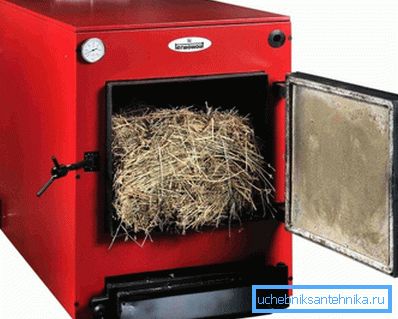
Regardless of which options of heating systems of the above were used, the technology will be the same. So, the main criterion for choosing a boiler for water heating is an economic one: you need to install a system that will minimize the costs for purchasing fuel.
Use of steam boilers
Analyzing the types of heating systems of a private house, it is impossible not to mention the use of steam.
Structurally, this scheme is very similar to water heating, but it also has nuances:
- In the tank of the boiler, the water is heated to the boiling point, after which it turns into high-temperature (+120 - 1400C) pairs.
- Steam enters the heating pipes under a certain pressure, which imposes significant restrictions on the list of materials used and on the method of their connection.
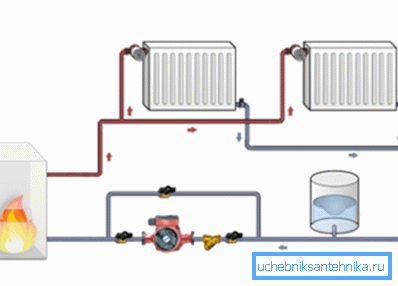
Note! It is highly undesirable to use pipes and fittings of polymers, since they are usually designed for heating not more than 950C. Where steel or copper is better.
- Heating installation methods using steam may also vary. The one-pipe system is less efficient, but more simple in arrangement, while the two-pipe scheme will require significantly more materials.
- Pipes and radiators, inside of which steam passes, are very hot. Therefore, using such methods of heating a private house, you need to take care of installing protective screens to reduce the risk of burns.
- A mandatory part of the system is the exhaust valve, which is mounted on each circuit to relieve excess pressure.
Electricity use
Traditional technology
The types of heating of a country house, described above, usually involve the use of coolant in closed circuits.
However, you can also warm the air in the rooms using various electrical devices:
- To give, in which you spend relatively little time, it is enough to purchase several oil radiators. They connect to electrical outlets and can provide heat to a small room.
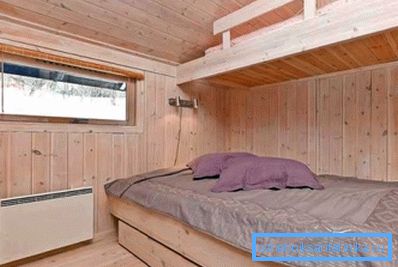
- If you use a country house as a permanent residence, then instead of such portable heaters you can install stationary electric convectors. These devices are wall and floor, and some types are generally mounted in the niches of the base of the house, heating the lower layer of air as efficiently as possible.
- Finally, do not forget about infrared heaters. Their heating elements transmit heat not to air, but to objects located on the path of the emitted infrared rays. On the one hand, it is very convenient and economical, but on the other hand, cold corners and floor sections will always remain in the room with such products.

In fact, electric heating can not be called effective from a financial point of view. It is used only where other technologies are not applicable - for example, in remote areas or in light summer houses in which pipes and radiators cannot be installed on walls.
Alternative technologies
Describing the possible options for heating, it is impossible not to mention the alternative types of home heating, which are based on the use of renewable resources:
- If you live in one of the southern regions, then the best choice would be to install solar panels for heating on the roof or panels with photovoltaic cells. These devices accumulate solar energy and transmit it either directly to radiators or to batteries, which are used as batteries.
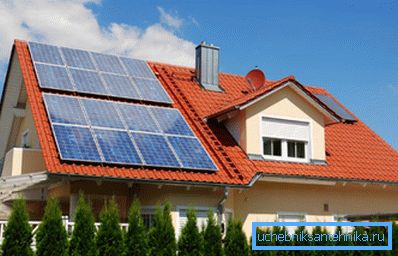
- A wind turbine works in approximately the same way: rotating blades generate electricity, which can be used both for the operation of the heating boiler, and for the heating of a heated floor, and for IR emitters.
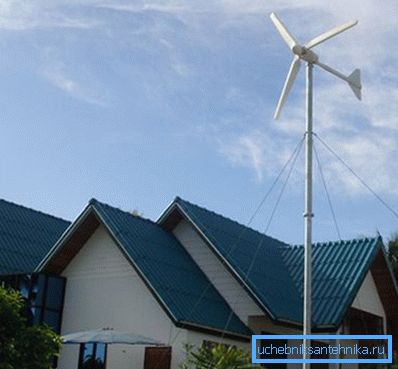
- Finally, geothermal systems also deserve mention: the coolant is pumped through a probe embedded in the soil at 30-50 m, and the heat obtained from the temperature difference is used either for heating or for charging the battery.
Conclusion
The types of heating of private houses described in the article can be successfully implemented in practice only if you carefully study all the technologies and analyze their strengths and weaknesses. And the above points will help you with this, as well as the information presented in the video.